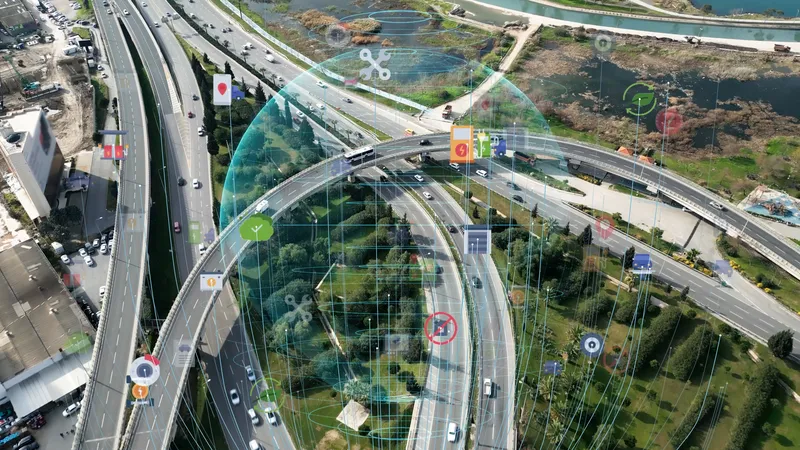Pupils from Salisbury Primary School in Darlaston, West Midlands, UK, recently took part in a Community Speedwatch initiative with West Midlands Police, using a Speedwatch system supplied by UK company Traffic Technology. Under police supervision, the children were given the opportunity to read the data obtained by the Speedwatch device and relay it to the rest of the group, which transferred the information on vehicle type, colour, registration and speed to a specially-produced form. The children then used
May 25, 2017
Read time: 2 mins
Pupils from Salisbury Primary School in Darlaston, West Midlands, UK, recently took part in a Community Speedwatch initiative with West Midlands Police, using a Speedwatch system supplied by UK company 561 Traffic Technology.
Under police supervision, the children were given the opportunity to read the data obtained by the Speedwatch device and relay it to the rest of the group, which transferred the information on vehicle type, colour, registration and speed to a specially-produced form.
The children then used the data in a maths lesson at school to work out means, modes, ratios and more. They will also write a letter to drivers in their English lesson to highlight how they feel about speeding and the effect it could have on them and their family. This will be sent to violating motorists, along with the official police letter.
Richard Collins of West Midlands Police, who conducted the initiative, said the equipment is ideal for community speed watch schemes, easy to use, precise and most importantly not confrontational. He continued, “I feel that is import to get members of the public involved in such schemes, particularly the children as these are the adults of the future. Not only is it a great way of building trust and confidence between police and the community it can also be used as an aid to education.”
Under police supervision, the children were given the opportunity to read the data obtained by the Speedwatch device and relay it to the rest of the group, which transferred the information on vehicle type, colour, registration and speed to a specially-produced form.
The children then used the data in a maths lesson at school to work out means, modes, ratios and more. They will also write a letter to drivers in their English lesson to highlight how they feel about speeding and the effect it could have on them and their family. This will be sent to violating motorists, along with the official police letter.
Richard Collins of West Midlands Police, who conducted the initiative, said the equipment is ideal for community speed watch schemes, easy to use, precise and most importantly not confrontational. He continued, “I feel that is import to get members of the public involved in such schemes, particularly the children as these are the adults of the future. Not only is it a great way of building trust and confidence between police and the community it can also be used as an aid to education.”









